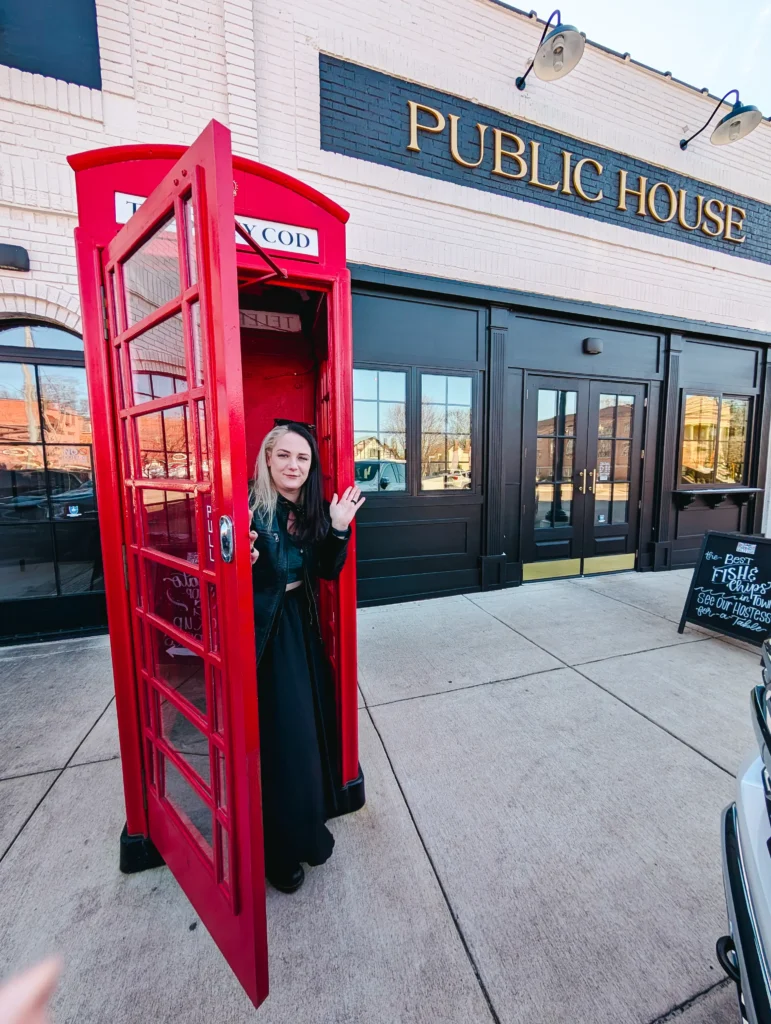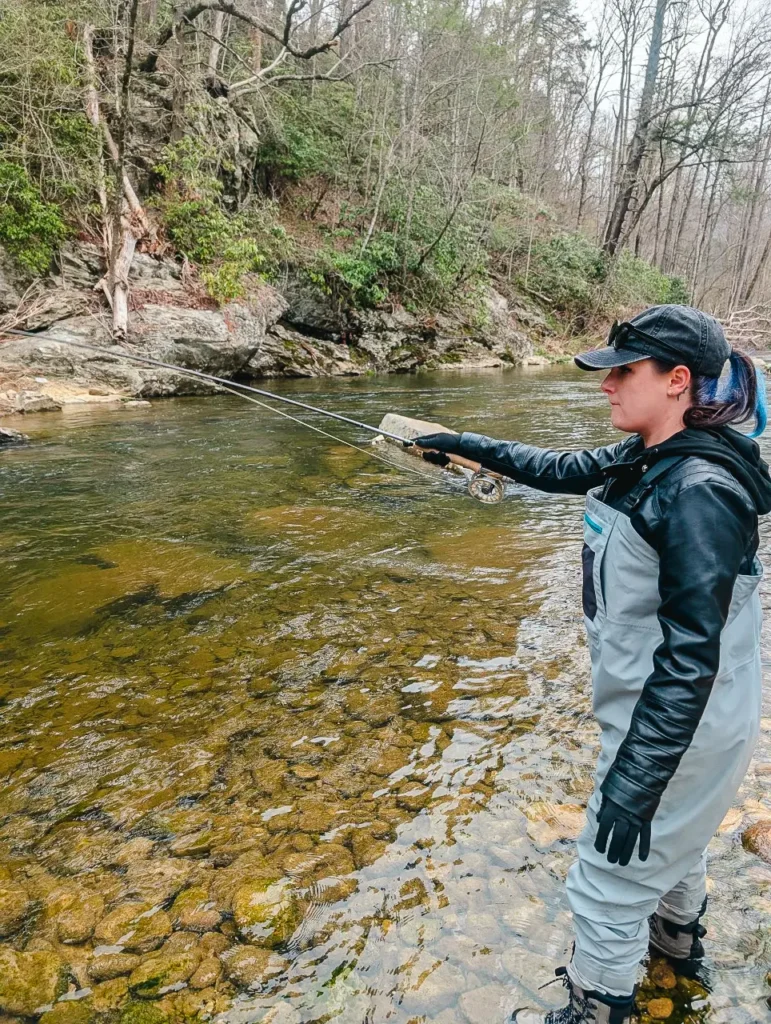
Listen to this Article
Travel used to be second nature to Phoenyx Powell from getting lost in Ireland during her first solo trip to cave tubing in Belize with her family. But after a motorcycle crash left her with a mangled leg, every trip came with pain so sharp it carved the joy right out of the experience. Twelve surgeries later, she made a decision few would call easy but many would call bold: elective amputation. Oddly enough, it gave her something she thought she’d lost for good. Freedom.
“I travelled after the accident but before the amputation,” she recalls. “And it was miserable. I went to Greece, and even though I had a wheelchair sometimes or a cane, walking on my ankle was brutal. You couldn’t see the damage, but I felt it every second. Once the leg was gone, I could actually travel without pain.”
That’s not a line most people expect to hear, yet Phoenyx is no stranger to reactions. She is used to people staring, asking invasive questions or treating her prosthetic like a sideshow prop. She learned to deflect with humour, joking that she lost her leg to a shark attack along with other lighthearted quips like really wanting to become a pirate r even the Tick Tock Croc from Peter Pan, turning an awkward moment into something humorous and disarming.
The first steps as an amputee
Her first trip after surgery wasn’t a beach getaway or a cushy hotel. It was camping at a mountain town in North Carolina. She wanted to say she hiked on her new leg, and she did, until friction and healing nerves lit her stump on fire with pain. She pushed through, then learned the hard truth: pace yourself.
“I was so excited I overdid it,” she says. “Now I know if I do one big thing, I need to give myself two days after. Otherwise, I’ll pay for it.”
Since then, travel planning has become tactical. She learned that seasons matter. Cooler weather means she can hike or explore without worrying that sweat will cause slipping with the leg sleeve She packs all the gear: sleeves, liners, Silicone Lotion from Alps that helps her slip back into the socket if the socket becomes tacky even a cast cover so she can shower safely when hotel chairs wobble like dollar-store furniture.
“I didn’t bring the silicone lotion once, and I got stuck in an Airbnb upstairs because I couldn’t get my leg back on. Never again. Now I carry what I need.”
Airports, airlines and awkward stares
Airports could fill a comedy sketch reel for her. Every TSA stop means a pat-down and every flight means strategizing seat choice. Exit rows? Off-limits for passengers with accessibility notes. She picks roomy spots at the back instead, prepared to be last off the plane. She packs different ply socks and shrinkers to fight swelling so she doesn’t end up stuck mid-air with a prosthetic that no longer fits.
She also discovered TSA Cares, a little-known program in the U.S. that lets passengers with medical needs bypass the chaos of long security lines. “They’ll walk you through, help you with your bags, and you don’t have to take off your shoes or unpack everything,” she says. “It saves me from hurting myself before the trip even starts.”
Even so, prejudice sneaks in. One gate agent once scanned her from head to toe and demanded, “Well, what’s wrong with you?” Phoenyx yanked up her pant leg. The young woman turned white with embarrassment. “I told her, don’t do that again, it’s illegal. Someone else could file a complaint and you’d be in big trouble.” Behind her stood other disabled travellers who later thanked her for speaking up.
When things go sideways
Travel always includes hiccups, especially when you’re working with equipment that can swell, break, or refuse to cooperate. Phoenyx admits she once hated the thought of using a wheelchair again. “There was trauma tied to it,” she explains. But now she sees it differently. If her leg acts up, she’d rather borrow a chair than risk another surgery or weeks of recovery.
She also manages her fear of missing out. “I used to push through because everyone else was doing things and I didn’t want to be left out. Then I’d come home and collapse for weeks. Now if I do something active in the morning, I’ll plan something chill after. Spa time, a light walking tour, something easy.”
It isn’t glamorous, but it keeps her going. And when her daughter wants to see dinosaurs at the Smithsonian, Phoenyx makes it happen, even if it means resting on every bench between exhibits after a long walk to the museum.
Smashing myths
If there’s one misconception she wants amputees to ditch, it’s the idea that life ends after surgery. “I see it in Facebook groups all the time. People say, my life is over. I can’t do anything anymore. And I want to shout, no! You’re still living. It’s different, but not impossible.”
She points out the irony: the six years she spent trying to live on her ruined leg were far more limiting than life now. “Back then I couldn’t play with my kids, couldn’t travel without constant pain. The amputation gave me more life, not less.”
That’s part of why she started Phoenyx Travels, her blog dedicated to accessible travel. It’s not a glossy influencer feed. It’s a toolkit where readers find packing lists for amputees, tips on flying with a prosthetic, advice on how to handle security using TSA Cares, and even reviews of destinations that do accessibility well. Her goal is to cut down the hours of research other travellers might drown in.
“The more barriers people hit, the less likely they’ll even try. If I can take away a few of those, that’s a win.”

A message for travellers
Phoenyx doesn’t sugarcoat things. She’s clear that preparation takes more time and that travel with a prosthetic comes with extra gear and awkward moments. But she refuses to treat those realities as excuses to stay home.
“Travel opens your eyes,” she says. “You see culture, history, people in ways you never would if you stayed in your own bubble. My first trip to Ireland in 2015 was a disaster. I got lost, side-swiped a semi, and took a wrong turn and ended up surrounded by cows and sheep not arriving at her bed and breakfast until 4 in the morning, but it was still one of the best trips of my life. I came back knowing I was capable, even when everything went wrong.”
That’s the heartbeat of her message: you may have to adapt, you may have to pack an extra sleeve or accept help when you’d rather power through, but the world is still yours to see. And if Phoenyx Powell can stand at the edge of a mountain trail on a new leg and grin at the view, maybe the rest of us have fewer excuses than we think.
Practical Takeaways
1. Pace days on the road. Do one big activity, then schedule light time after.
2. Travel in cooler seasons to reduce sweat and added friction in your prosthetic
3.For flights under two hours, keep your prosthetic on to avoid the struggle of getting it back on. Over two hours, add a shrinker and try to put your leg up if possible.
4. Always expect extra screening at security. Use TSA Cares to get assistance through checkpoints and extra help.
5. Ask airlines’ accessibility teams for seating with space. Exit rows are often off limits for travelers with accessibility needs.
6. Choose a window seat for resting or propping your leg up during long flights.
7. Pack prosthetic essentials and medications in your carry-on. Lost luggage can strand you without critical gear.
8. Use a prosthetist-approved hack of carrying ALPS Silicone Skin Lotion on the inside of your socket to reduce tackiness in your socket when traveling.
9.Use a cast cover in showers when an accessible shower isn’t available. Many hotel chairs wobble and soap residue build-up can harm prosthetic components.
10. Skip lotions on your leg under the liner to prevent premature wear and erosion.
11. If mobility tanks mid-trip, request a wheelchair. Pride costs less than another surgery
12. Manage FOMO. Set expectations to your current capacity, not someone else’s pace.
13. Medical supplies can qualify as a free checked item in the U.S. if packed alone in their own bag.

14. Consider a portable ramp if you also use a wheelchair, especially in older towns.
15. Wear pants on planes for comfort and hygiene against shared seats
16. Rinse prosthetic after showers and outdoor days to protect mechanical parts. Clean liner with ALPS Prosthetic Cleanser and warm water to avoid germs.
17. Use trusted apps to make travelling easier. Wanderlog for organizing bookings and receipts, Google Maps for accessible routing, Waze for live road updates, Calm for stress control.
18. Boundaries matter. Deflect invasive questions with humour or a firm no.
19. Lean on a supportive crew. Family and friends that understand limits keeps trips enjoyable
